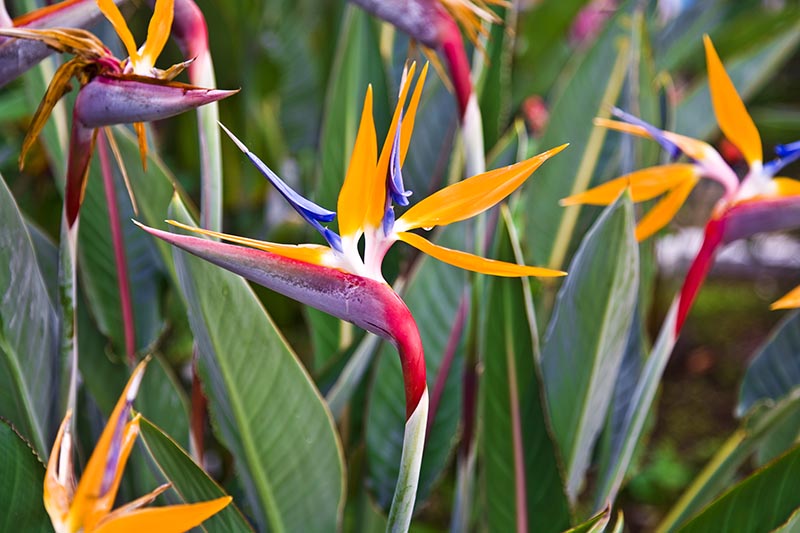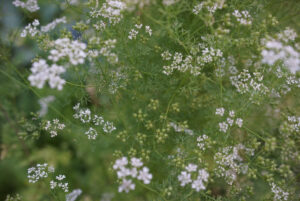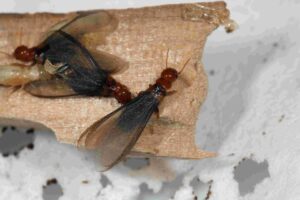
The Bird of Paradise plant, known for its stunning and exotic appearance, graces many gardens and indoor spaces with its vibrant presence. The allure of its striking blooms, reminiscent of tropical birds in flight, captivates enthusiasts worldwide. However, coaxing these majestic flowers into bloom requires understanding and patience, as various factors influence their flowering cycles.
I. Introduction
The Bird of Paradise plant, scientifically classified as Strelitzia reginae, epitomizes botanical elegance with its distinctive foliage and flamboyant blooms. Beyond its ornamental value, the plant’s ability to produce striking flowers serves as a testament to its vitality and well-being. Yet, achieving optimal blooming poses a challenge for many plant enthusiasts, underscoring the importance of informed cultivation practices.
II. Understanding the Bird of Paradise Plant
A. Botanical characteristics and taxonomy
1. Genus and species
Strelitzia reginae, belonging to the Strelitziaceae family, showcases elongated leaves and intricate flower structures, distinguishing it within the botanical realm.
2. Distinctive features of the plant
Its foliage, resembling broad, banana-like leaves, provides a lush backdrop for the plant’s signature blooms, characterized by vibrant hues and intricate arrangements.
3. Native habitats
Indigenous to South Africa, the Bird of Paradise plant thrives in subtropical climates, where ample sunlight and well-drained soils foster its growth and development.
B. Growth requirements and conditions
1. Ideal climate and environment
Thriving in warm, sunny locations, the plant thrives in temperatures ranging from 65°F to 70°F, with protection from harsh winds and frost.
2. Soil composition and drainage
Well-drained, loamy soils enriched with organic matter promote healthy root development, preventing waterlogged conditions detrimental to plant health.
3. Light and watering needs
Moderate to bright indirect sunlight sustains photosynthetic activity, while regular watering, allowing soil to partially dry between intervals, maintains adequate moisture levels without inducing root rot.
III. Factors Influencing Blooming
A. Maturity of the plant
1. Age-related blooming patterns
Typically, Bird of Paradise plants begin flowering when they reach 3 to 5 years of age, signaling maturity conducive to reproductive efforts.
2. Signs of readiness for blooming
Observable cues such as increased leaf growth and the emergence of flower stalks denote the plant’s readiness to transition into the blooming phase.
3. Patience in waiting for maturity
Recognizing the inherent timeline of plant development underscores the need for patience, as blooming may occur intermittently rather than on a rigid schedule.
B. Environmental triggers
1. Seasonal changes
Shifts in seasons, particularly transitioning from cooler to warmer months, stimulate flower initiation, reflecting the plant’s response to environmental cues.
2. Temperature fluctuations
Fluctuations in temperature, mimicking natural climatic variations, play a pivotal role in triggering blooming, prompting the plant to allocate resources towards reproductive efforts.
3. Daylight duration
Changes in daylight duration, notably longer days during spring and summer, instigate hormonal shifts within the plant, orchestrating the onset of blooming cycles.
C. Nutritional considerations
1. Importance of balanced fertilizer
Application of a balanced fertilizer, formulated with equal proportions of nitrogen, phosphorus, and potassium, supports overall plant health and encourages robust flower development.
2. Nutrient deficiencies affecting blooming
Deficiencies in essential nutrients, such as magnesium and iron, can impede flower production, necessitating supplementation through targeted fertilization strategies.
3. Application methods and timing
Diligent application of fertilizer during periods of active growth, typically spring through early fall, optimizes nutrient uptake, fostering vigorous growth and prolific blooming.
IV. Techniques for Encouraging Blooming
A. Pruning and grooming
1. Removal of dead foliage and spent blooms
Regular removal of dead or damaged foliage prevents nutrient diversion and encourages the allocation of resources towards new growth and flower production.
2. Stimulating new growth and flower development
Strategic pruning of older stems promotes the emergence of new shoots, enhancing the plant’s vigor and revitalizing its blooming potential.
3. Pruning frequency and techniques
Pruning should be conducted sparingly, focusing on the removal of dead or diseased tissue, while avoiding excessive trimming that may disrupt the plant’s natural growth pattern.
B. Repotting and root management
1. Timing for repotting
Repotting should be undertaken when the plant outgrows its current container, typically every 2 to 3 years, to accommodate root expansion and replenish nutrient reserves.
2. Root health and development
Vigilant monitoring of root health ensures optimal nutrient absorption, with periodic inspection and maintenance mitigating the risk of root-bound conditions impeding blooming.
3. Potting mix and container selection
Utilization of well-draining potting mixes, supplemented with perlite or coarse sand, facilitates root aeration and prevents waterlogged conditions detrimental to plant health.
C. Special care tips
1. Humidity regulation
Maintaining adequate humidity levels, especially during periods of low atmospheric moisture, supports optimal growth and flower development, with supplemental misting or humidifiers serving as effective measures.
2. Pest prevention and control
Vigilant pest management, through regular inspection and targeted interventions, safeguards against infestations that may compromise plant health and impede blooming.
3. Support structures for heavy blooms
Provision of sturdy support structures, such as stakes or trellises, prevents stem breakage and supports heavy flower clusters, ensuring the longevity and visual impact of blooming Bird of Paradise plants.
V. Conclusion
In conclusion, the journey to cultivating a blooming Bird of Paradise plant embodies a blend of patience, diligence, and horticultural expertise. By understanding the plant’s unique requirements and implementing targeted cultivation practices, enthusiasts can nurture vibrant blooms that serve as a testament to nature’s splendor. Embracing the process with a spirit of curiosity and appreciation enhances the gardening experience, fostering a deeper connection with these botanical marvels.


